
Frankly, all electronics assembly plants, regardless of manufacturer, look the same.
Changwon: South Korea's Industrial Zone
It is prohibited to film at the factory itself, so everythingWe left our cameras and smartphones on the bus, and all these pictures were provided by the LG Electronics representative office, but you can appreciate the scope of the enterprise. We were at two different factories located in the city of Changwon, which is located 40 kilometers from the resort of Busan. This is a relatively young city (received status in 1980), the rapid development of which began in the late 70s of the last century. LG and Samsung enterprises are located in the district; for example, the Hyundai Rotem high-speed trains used in Ukraine are assembled here.
To say that LG plants occupy a huge area is to say nothing:
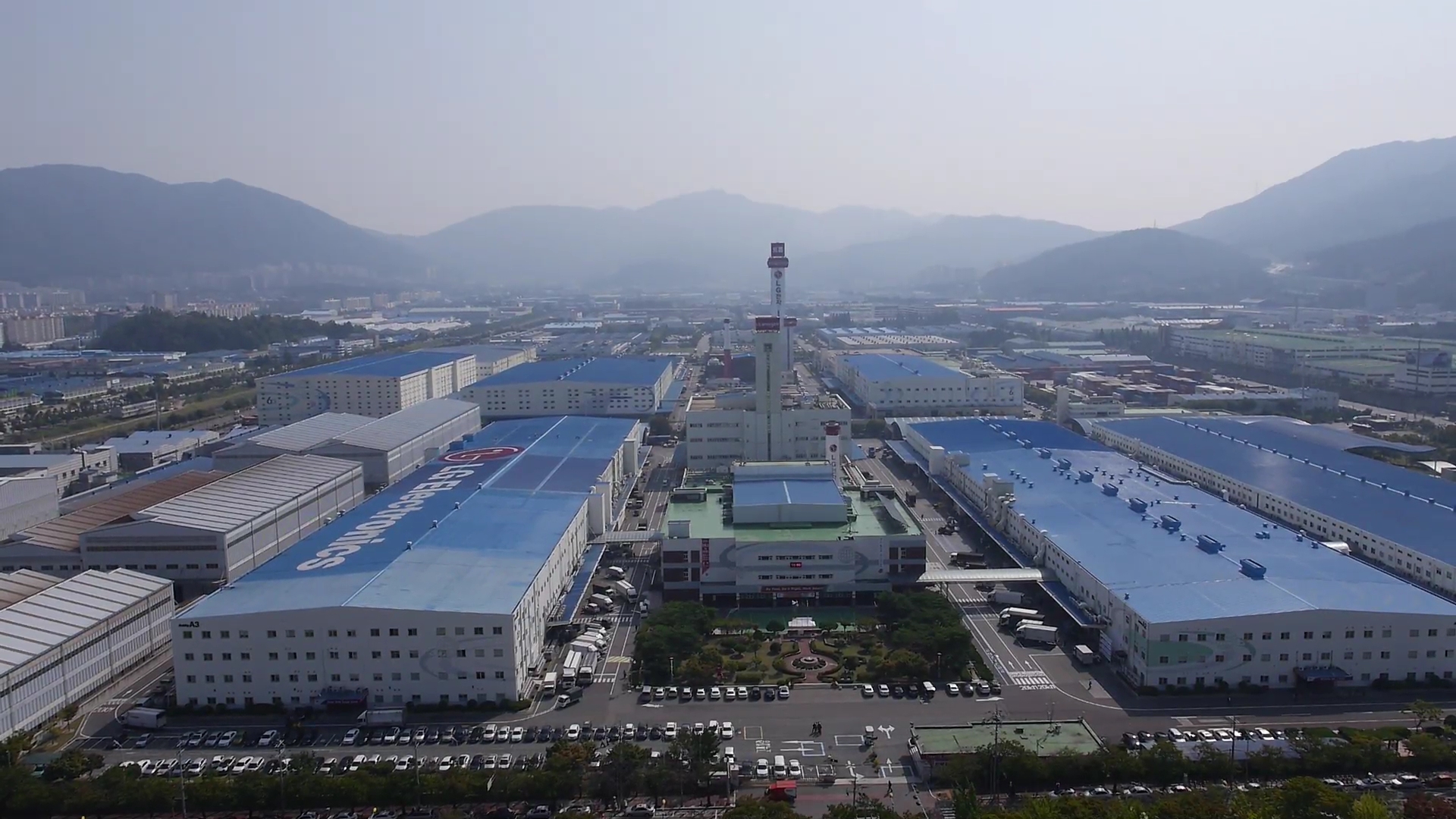
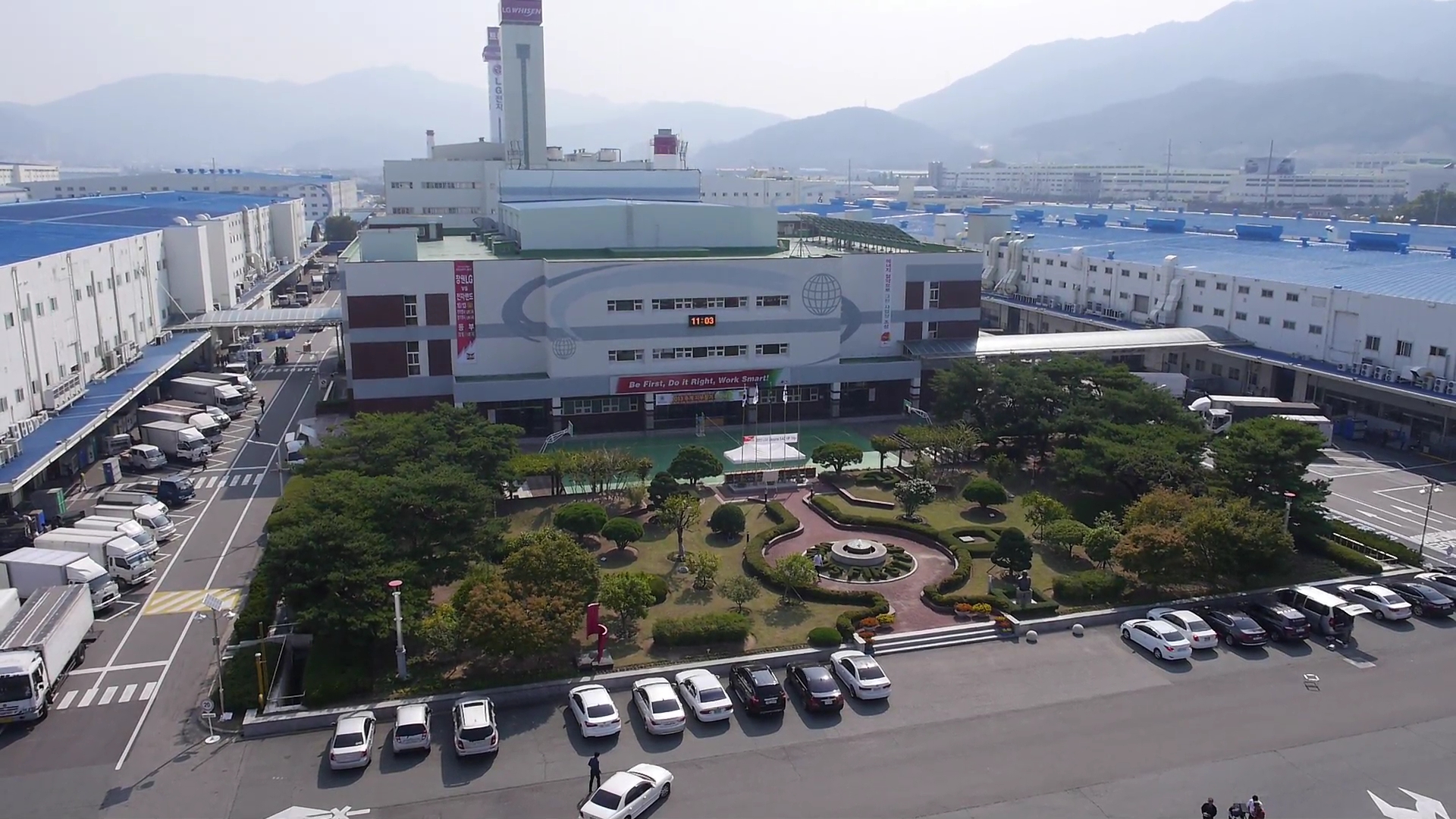


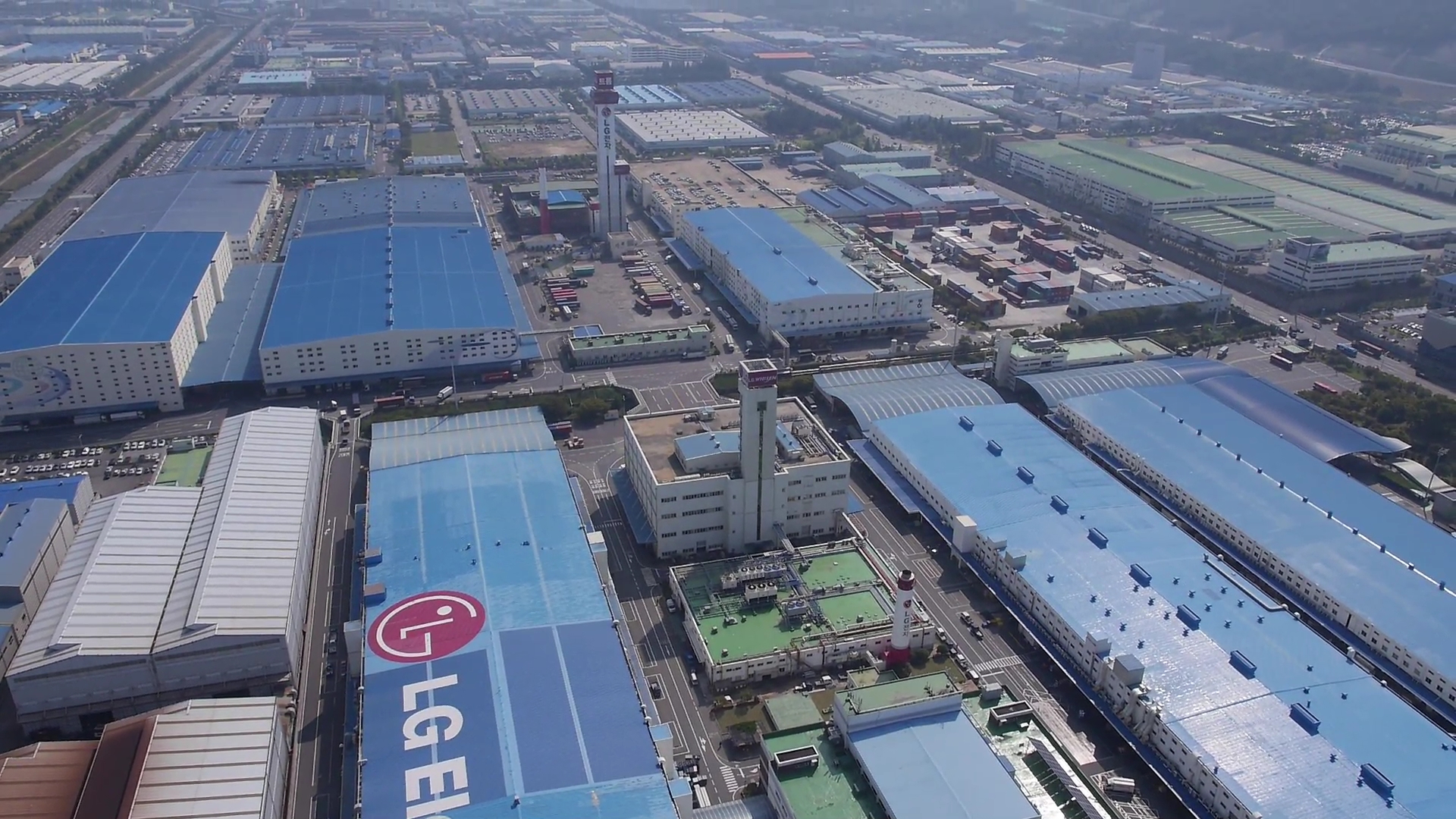




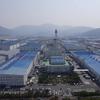





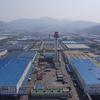


At the entrance to the plant we are greeted by the inscription “WorkSmart, Do it Right, Be First" (Work smartly, do everything right, be the first/best). Such inscriptions, on the one hand, always cause irony and are reminiscent of the motivational posters in Barney Stinson’s office, on the other hand, they clearly remind everyone, including factory personnel, of how leadership in the global market is achieved. At the first plant we visited, they produce five types of devices: top-loading washing machines, front-loading washing machines, dryers, LG Styler steam cabinets and vacuum cleaners. We didn’t see the assembly line of vacuum cleaners, but they shared with us an interesting fact: LG has three lines of vacuum cleaners, the name of which is formed by the word ART (art): A9 - vacuum cleaners in the form of a CordZero bar, R9 - robotic vacuum cleaners and T9 - regular “canister” vacuum cleaners "(tank).
How LG washing machines are assembled
LG began producing washing machines back inIn 1969, in 2003, the company’s landmark export to the USA began. There are currently 11 LG factories around the world outside of South Korea that produce vacuum cleaners. Typically, the decision to build such a plant is made based on sales volumes and the specifics of a particular market, since these devices are large and logistics (transportation costs) make up a significant share in the cost of such equipment. Any washing machine takes up space in a shipping container like hundreds of smartphones, which in total cost a couple of orders of magnitude more and, accordingly, bring much more profit to the company. Model configurations vary from country to country—for example, top-loading washing machines are popular in the United States. In addition, they love huge equipment, often placed in the basements of houses. In Europe and Asia, apartments are smaller, and our buyers more often prefer small-sized front-loading models. In Asian countries, where there are large families, they are more willing to buy washing machines with two independent washing compartments.
Previously, the washing machine assembly line includedabout 300 components. Today, their number has been reduced to 49 units, the production of which is not even carried out by LG itself, but by its partner companies. At the same time, partner factories that manufacture all these hoses, cables / tubes and inverter motors are located within a radius of 5 kilometers from the LG plant to reduce shipping costs. By the way, when opening its factory abroad, LG creates the conditions for opening its plants and partners. Thus, giving money to them, and stimulating the growth of the economy of their country. 100% of the components of the washing machines produced at the factory are manufactured in South Korea. Only selected materials from neighboring China and Japan can be imported. LG itself controls only the most important thing - the electronics that control the washing machine, and the appearance (actually, the case) of the model.
The plant employs about 1000 people (womenaccount for 20-30%), about 60 people work simultaneously on one assembly line (there are 7 in total). The working day lasts from 8 am to 5 pm, every two hours the conveyor stops for a 10-minute break. And for an hour - for a lunch break. For processing (if the production order is large) they pay extra separately, but processing cannot last more than 2-3 hours a day.

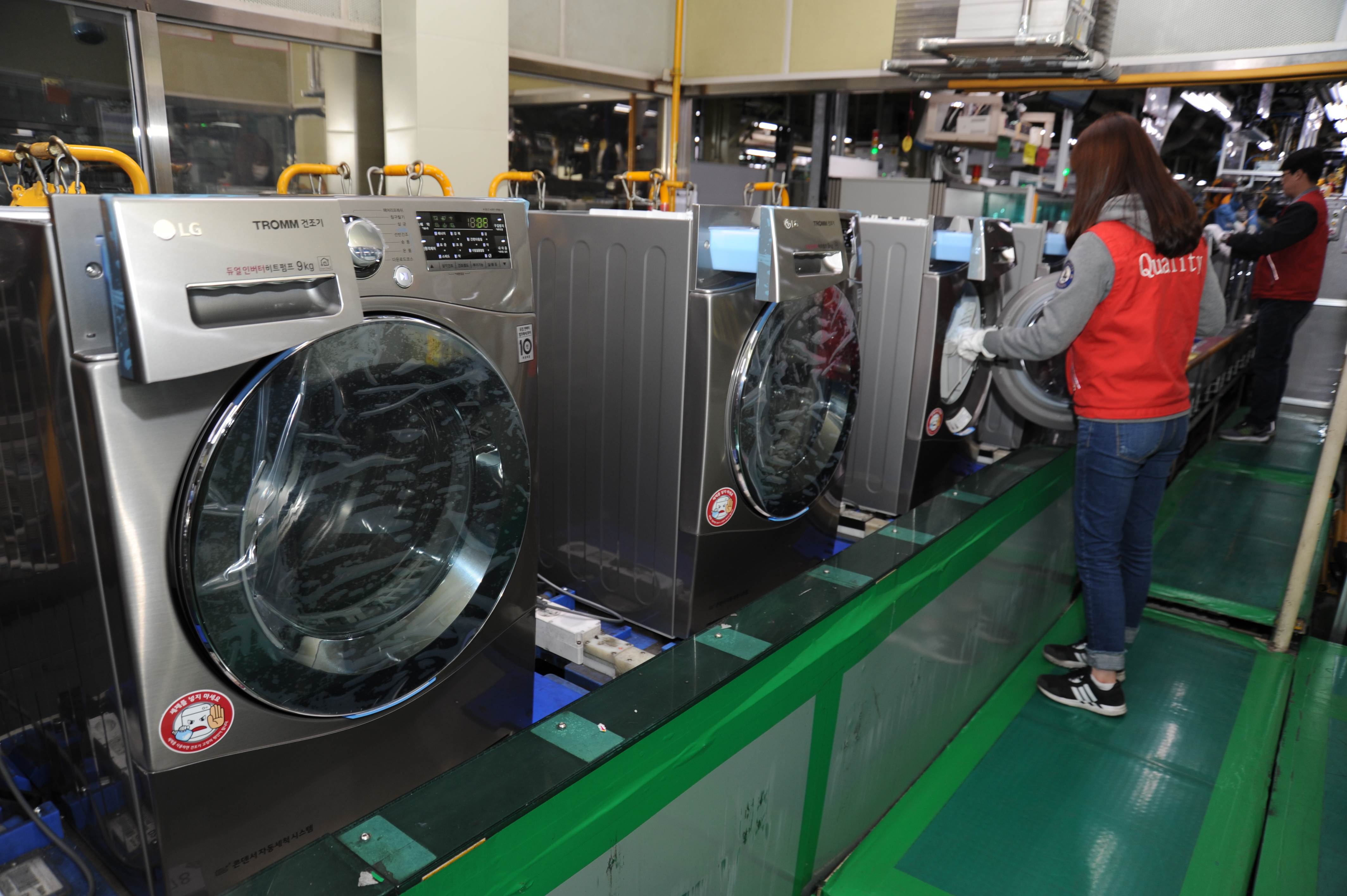
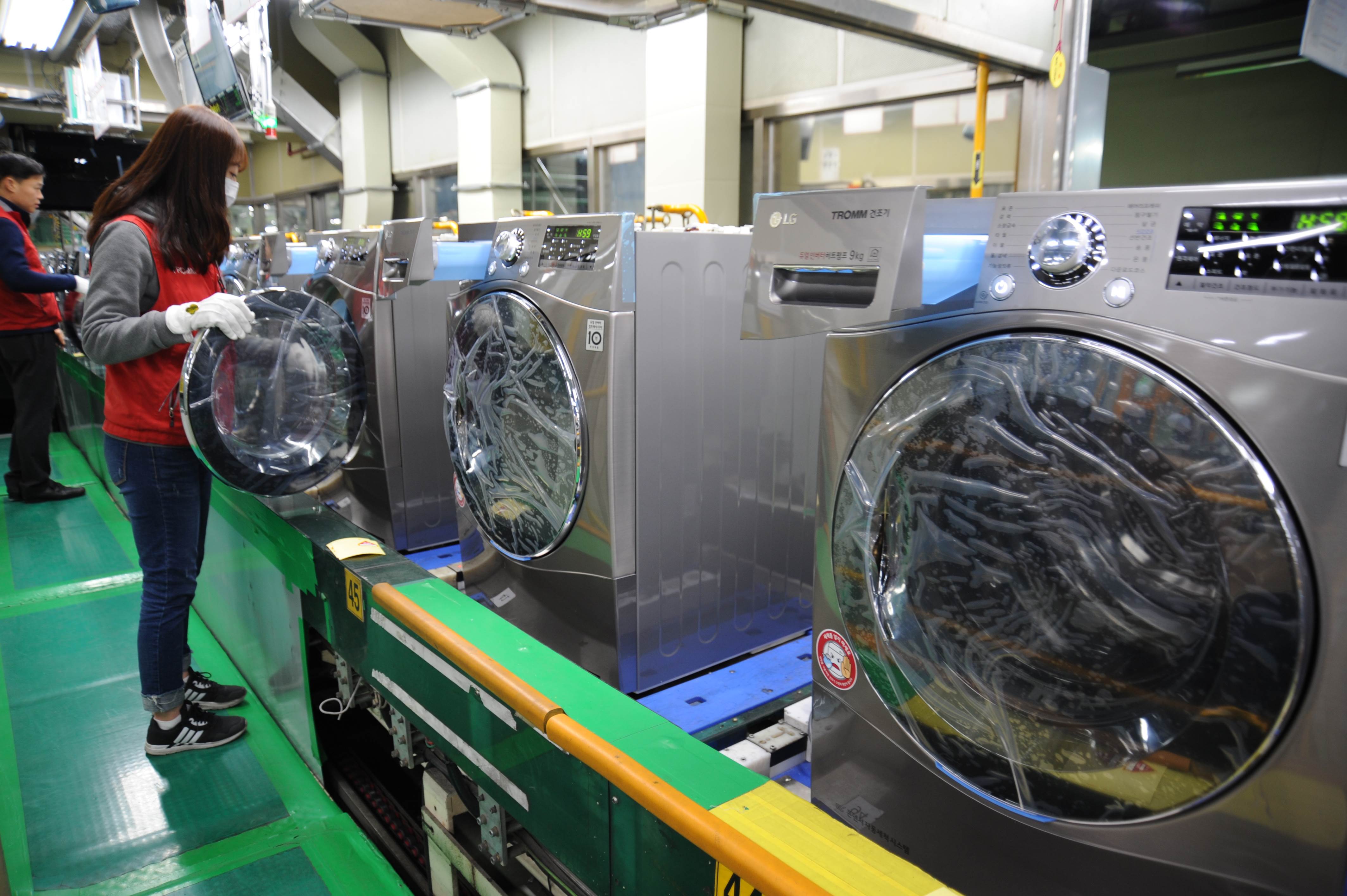



The company is constantly working to reduce noise inworkshops (we listen to our factory guide through wireless headsets, and the LG manager, who acts as a translator, uses a radio microphone) and takes utmost care of the comfort and safety of workers. For example, they are prohibited from lifting parts weighing more than 5 kilograms - semi-automatic robots with electric motors are designed for this, capable of carrying loads of up to 200 kilograms. They move along special guides built into the floor. Their routes are marked with bright ribbons pasted on the floor of the workshops. Each robot has its own driver, who controls the start and end of movement. While the whole group of us walked around the workshop, they stopped their cars and, with varying degrees of patience on their faces, waited while we, gawking around 360 degrees and scribbling notes in notepads on the occasion of abandoned smartphones, made way. As we were told, the battery charge of such a robot is enough for a full working day. Everywhere in the plant (I saw something similar at the Jabil plant near Uzhgorod) there are signs with safety reminders. The phrase “Foolproof” constantly caught my eye.
Production starts with huge sheetsmetal, which is given the desired shape by a press - this procedure takes 7 seconds. The assembly conveyor line stretches for 300 meters, and it only takes 5 minutes to go through it completely with a washing machine. Every minute 6 washing machines roll off the assembly line. One assembly line per shift is capable of producing 2500-3000 machines, the total productivity of the plant is about 20,000 washing machines per day. There is simply no warehouse for finished products - the cars are immediately loaded and transported to the port of Busan, from where they are sent to one of 170 countries around the world. The percentage of defects, as I was told, is at the level of 0.4% - all washing machines are tested on the assembly line. If a defect is discovered, the machine is disassembled, the cause is found out and the contractor is informed so that he can correct the situation. There are also no separate warehouses for components - they are constantly transported for assembly. Every 20-30 minutes - small components, and every 2-3 hours - large components. In total, up to 5,000 tons of components are brought to the plant per shift.
How to assemble LG refrigerators
Even more impressive was the plant wherecollect LG refrigerators. Following Japanese electronics manufacturers, South Korean companies are trying to transfer production to other countries, but the most high-tech devices (for refrigerators, for example, these are older two-door models stuffed with electronics and the Signature series) are produced only in their homeland, where they have better control over the entire process, and They also develop new technologies, which are subsequently transferred to other enterprises around the world. Therefore, if you have an LG refrigerator for a couple of thousand dollars, then it was almost certainly assembled at this plant. By the way, it is at this point that the realization of a simple fact comes: transporting such a colossus to the other side of the world, many thousands of kilometers away, will probably cost a pretty penny. There is a feeling that transportation costs account for 30-50% of the price of such a refrigerator. This is not a wire or a smartphone for you to transport.
In general, refrigerators are produced in South Korea with1956. LG built the first plant for mass production of refrigerators back in 1976. In 1984, LG first launched a refrigerator for kimchi, the national Korean snack made from Chinese cabbage, without which no meal is complete. Kimchi in Korean families is prepared in large volumes, and special refrigerators (they have a wider temperature range than traditional ones - up to -1.5° in the main chamber, and up to -20° in the freezer) allow better preservation of kimchi at different stages of its preparation and storage . In 1998, LG mastered the production of “American” versions of refrigerators - with two side-by-side doors. In 2004, the first refrigerator with a door in the door appeared (in the first generation it was a flip-out bar shelf). In 2006, LG refrigerators introduced water and ice dispensers. In 2016, the premium Signature line was launched, which is not intended for the mass market. And refrigerators appeared in it too. Today's Signature refrigerator is equipped with built-in cameras, a transparent display in the door that acts as an Android tablet (read more about it in the previous article on LG smart home technology).
LG currently produces 10 millionrefrigerators per year. This is done by 8 factories in 7 countries: Russia, Poland, China, India, Indonesia, Mexico and South Korea. As in the case of washing machines, the decision to open production in another country is made when it has its own huge market and its own characteristics. For example, the bottom freezer position, which we consider the most practical, is most popular in Europe. In the USA, as I already mentioned, two-door models are in demand.
What is amazing about this plant?Firstly, the size of the assembly line - its length is about 500 meters and it is curved in the shape of the letter P in order to optimally fit into the factory workshops. There are 5 such lines at the plant. One production line ensures the production of up to 2,100 refrigerators per day and about 500,000 per year, releasing a new refrigerator from the assembly line every 16 seconds. A new refrigerator, like a washing machine, begins its journey with a press, where its body is formed. A special elevator is used to climb onto the conveyor line. The refrigerator completes the entire conveyor in 2.5 hours. During this time, they manage to solder the compressor to it with a blowtorch. During the process, the refrigerator passes through 6 cameras and sensors that read the QR code and check that each specific product is included correctly. It sounds fantastic, but different models of refrigerators are being assembled on the assembly line at the same time. Each can have its own set (for example, whether there is a water dispenser or not). Depending on the country, different refrigerant gases may be pumped into the refrigerator.


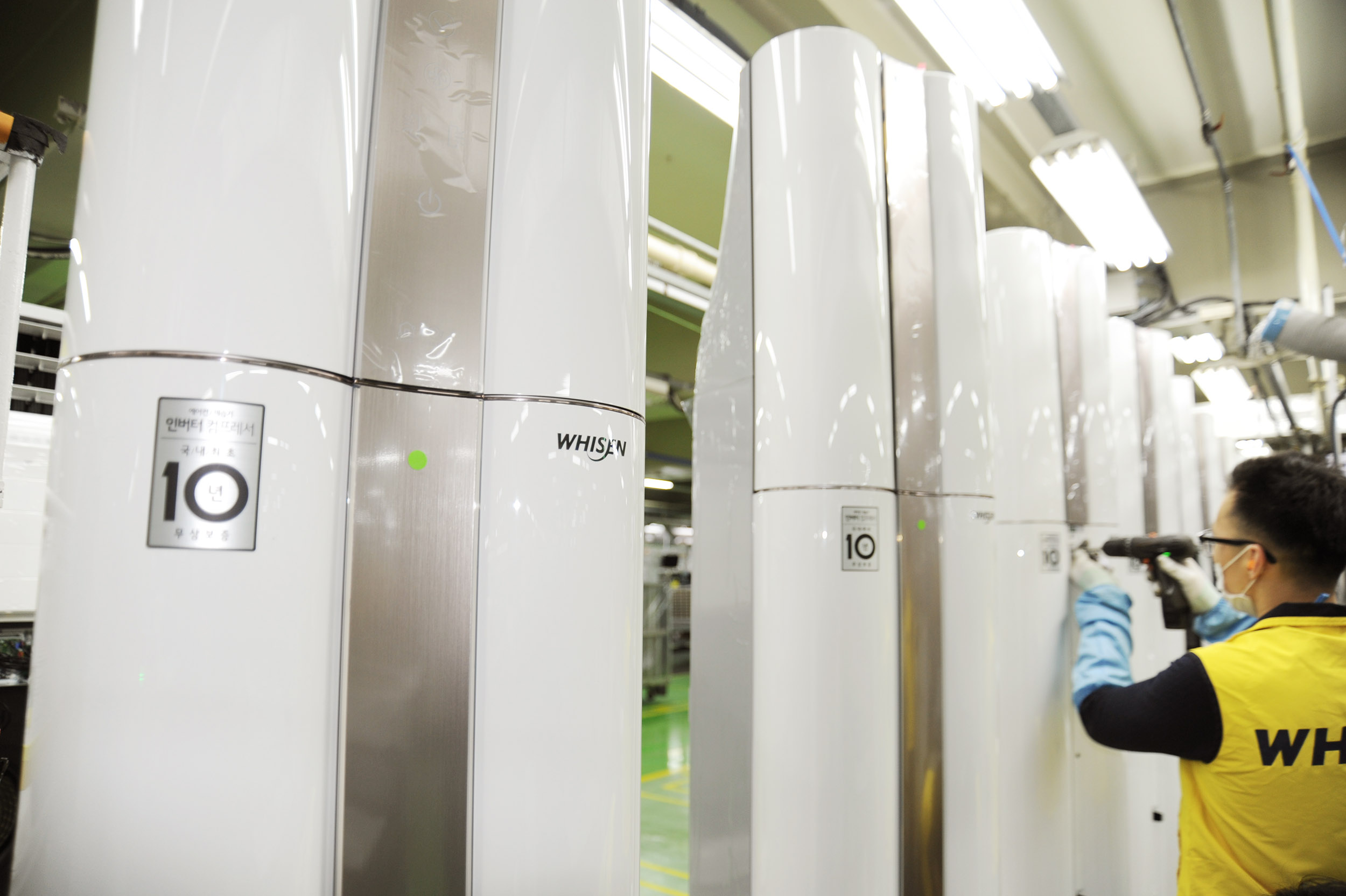

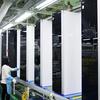



In the middle of the assembly line there is a scoreboard, in modereal-time demonstration of the operation of the conveyor. When we were in the workshop in the middle of the working day, there were numbers on the board: goal - 2100, plan - 1300, fact - 1129, that is, the conveyor was working behind schedule and the workers were clearly waiting for overtime. In general, at this plant the level of automation, which does not require human intervention, is, as we were told, 35%. This figure is planned to be increased to 50%. In 2022, LG plans to launch a new, fully computerized plant where people will only service the equipment that assembles refrigerators. Now preparatory work is in full swing there - they are writing the software necessary for such work and debugging all production processes. The experience gained will be gradually transferred to other factories in other countries. And part of the automated conveyor is already operating at this plant.
In the dry residue
South Korean "dragons" are clearly following the pathtrodden by Japanese companies, leaving the most technologically advanced production at home and opening factories around the world where there are consumer markets for them. In large appliances, transportation is important and greatly affects the cost of the devices. At the same time, LG produces the most technologically complex models only at factories in South Korea. The real revelation for me was that in its own washing machines and refrigerators, LG produces only the critical components - inverter compressors, housings and electronics, outsourcing everything else. At the same time, keeping contractors on hand to simplify logistics. To reduce costs, production conditions have been created in which the plant does not have warehouses for storing components and finished products - everything is delivered in real time and immediately shipped to the port. The assembly itself comes from ready-made blocks of components - every part is not soldered on the conveyor, working only with large-unit elements. Contrary to popular belief, the conveyor is stopped several times during a work shift to take a break. At the same time, the scale of production is amazing. It’s scary to imagine how difficult it is to organize such a colossus so that it works like a clock. Separately, it is amazing that the assembly line can simultaneously assemble different models for different markets: with different configurations and intended for different markets. The accuracy and scrupulousness of the work is controlled by electronics, which are increasingly trusted, planning to launch fully automated production in 2022, where the human factor will be, if not absent, then reduced to a minimum. This is exactly what production should look like in the 21st century.
To be continued